Plastic pipe plugs - types and uses
Plugs are the simplest type of fittings, whose task is to ensure the tightness of the free end of the pipe. However, in some cases they are a necessary element of the pipeline, performing several functions at once. Next, we take a closer look at their purpose and types.
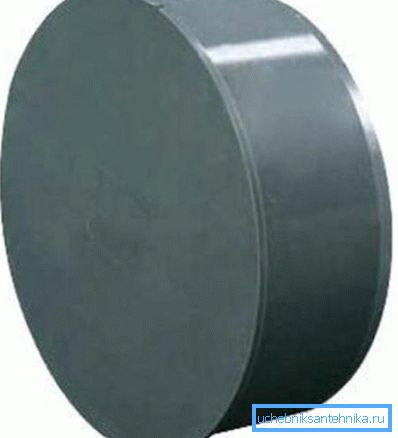
Types of plastic plugs
All types of plugs can be divided into two types:
- Designed for pipelines;
- Plastic plugs for profile pipes, which are used in various metal structures.
Now take a closer look at the features of products of each type.
For pipelines
All plastic fittings, like pipes, are primarily distinguished by the material from which they are made.
It may be:
- Polyvinyl chloride;
- Polypropylene;
- Polyethylene;
- Plastics, etc.
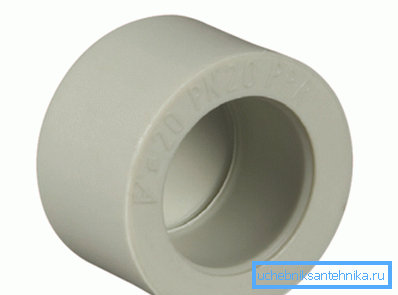
Note! The homogeneity of the fittings and the pipeline is especially important in cases where the installation instructions imply diffuse welding, since products made of different materials will not weld together.
Of course, the main characteristic of this fitting is the diameter, however, in addition to this, the plugs differ in:
- Installation method - may have a threaded connection, be mounted using diffuse welding or rubber sealer (in sewer free-flow systems).
- Location - can be external and internal, i.e. put on the tube or inserted into it.
- Purpose - there are plastic plugs for metal pipes, plastic pipes or sewer systems. It is the purpose of the part that forms its other characteristics.
Thus, in order for the cork to cope with the task set before it, it is necessary to take into account all the above points when choosing it.
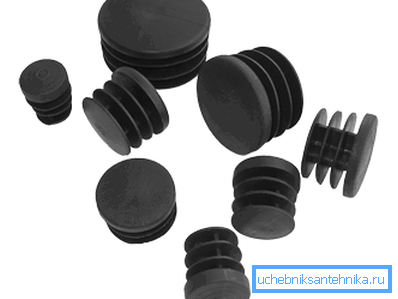
Profile
Corks for profile pipes differ primarily in shape, which also has a certain profile. As well as pipeline plugs, they can be external and internal. It should be noted that plastic plugs for profile pipes are only external, but there are two types of PVC equivalents.
Tip! If you need plugs for furniture, for example, for the legs of a chair, it is better to give preference to products made of polyethylene, since this material is softer.
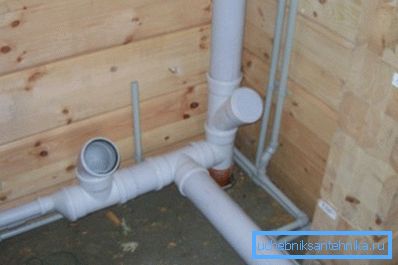
Application area
In pipelines
At first glance it may seem that the use of these fittings does not make much sense, since the end of the pipeline can always be brewed. However, the need for sealing may be temporary, for example, if a sanitary appliance is subsequently connected to it or the system is expanded.
As mentioned above, there are a number of cases where plastic plugs for pipes are simply necessary:
| For improvised sewer revisions | In some cases, due to the nature of the waste system, it is more expedient to use a tee to clean the sewage system, one end of which is fitted with a plug. |
| For temporary branch overlap | It may be necessary in cases when wiring for plumbing fixtures is performed, which will be connected later. |
| In emergency situations | For example, if a part of the sewer line is broken, it can temporarily be silenced so that the rest of the system functions. |
| To overlap during transportation | Such plugs can be put on valves, other various devices, used for sealing pipes and profiles so that they do not get clogged and spoiled during transportation. |

Furniture manufacture
In the manufacture of furniture is often used profile and other types of pipes. However, their ends are unattractive. In addition, the sharp end of the pipe is always traumatic.
To eliminate this disadvantage, manufacturers use plastic caps. In addition, the plugs used on the furniture legs help protect the flooring from mechanical damage.
Street metal structures
Street metal structures that need to use these products include fences, poles, etc. The open ends of the pipes not only look unattractive, but are also a source of corrosion, as a result of rain, snow and debris. All this leads to a significant reduction in the life of the metal structure, even if it is eaten outside, it is coated with an anti-corrosion compound.
Thus, plastic caps are able to protect metal products from a number of problems. In addition, the price for them is significantly lower than for decorative steel elements, which can also be used to seal the ends.
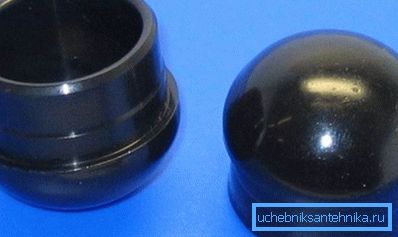
As for the material of the products, it does not play a special role. Most often used plastic products. However, you can use any other, the cost of which is the lowest.
The only thing in some cases, you should pay attention to the color of the tip, so that it fits the color of the metal structure. The fact is, plastic fittings do not paint, but add color to them in the manufacturing process.
Note! Installing caps on metal structures is completely time consuming. To install a stub with your own hands, you need to spend less than a minute of time.
Here, perhaps, are all the main points you need to know about plastic plugs before using them.
Conclusion
Plastic plugs for pipes are of various types and have a very wide scope, like no other types of fittings. Therefore, with their help, you can solve a number of tasks, ranging from sealing the edge of the pipeline, and ending with giving metal products a visual appeal. From the video in this article, you can get more information on this topic.